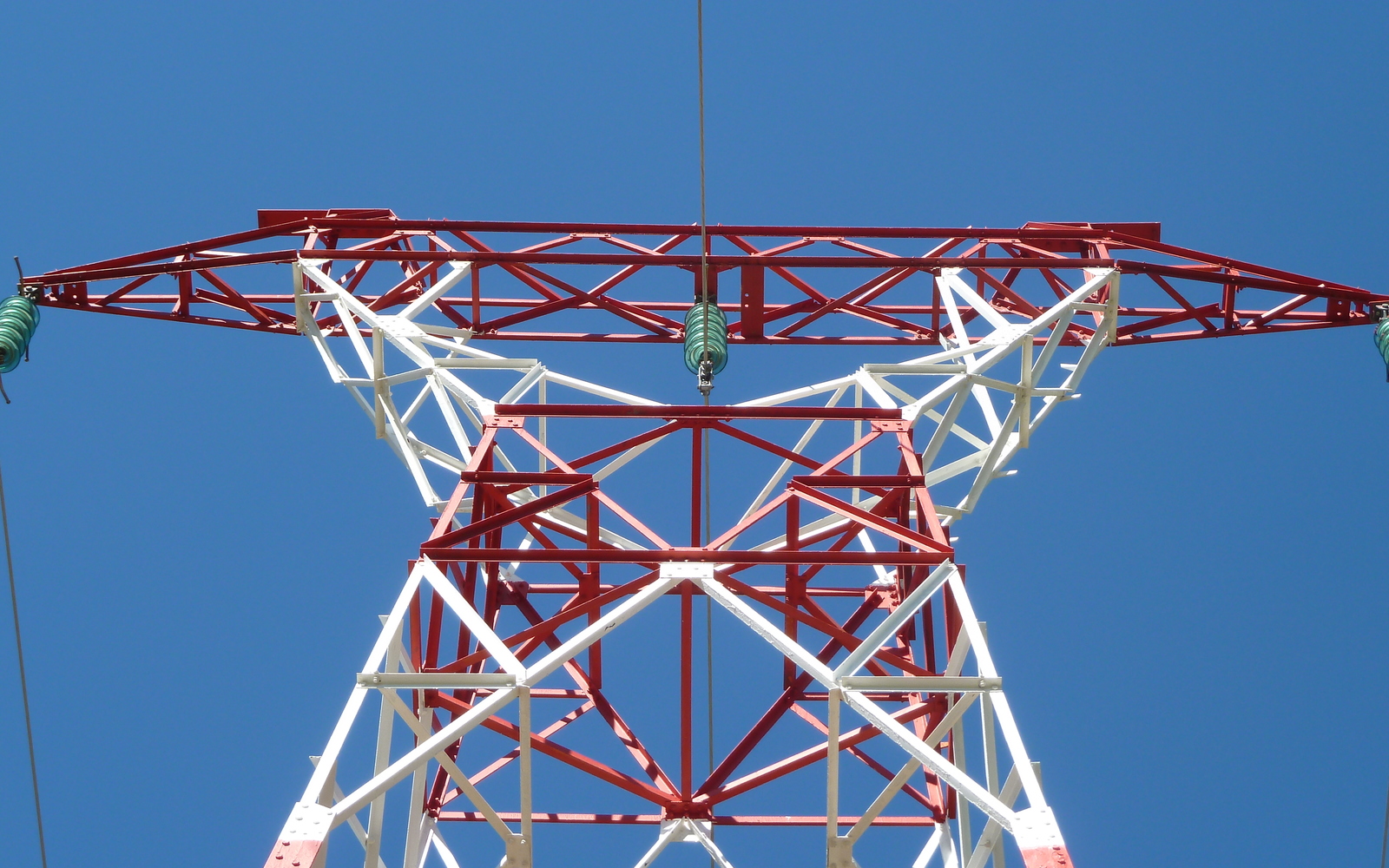
The advent of MPLS-TP
For decades, most industries relied on SDH/SONET technology to build their OT (Operational Telecom) infrastructure. This technology fulfilled most of the key requirements such as support for time-critical applications and fast reconfiguration in case of network failures. At the turn of the century, packet-based systems started to push SDH/SONET technology out of the carrier market.
These new systems were much better suited to cater for the ever-increasing amount of data traffic. Various packet transport technologies emerged to replace the traditional SDH/SONET such as IP/MPLS, carrier Ethernet and more recently MPLS-TP (Multiprotocol Label Switching -Transport Profile).

Industrial applications need MPLS-TP
MPLS-TP uses the main functionalities of MPLS but comes with extra features to support the mission-critical transport of information. The standard was drafted in cooperation between the ITU-T (International Telecommunication Union) and the IETF (Internet Engineering Task Force). MPLS-TP is considered as the standard for industrial networks.
In a recent survey conducted by US-based Newton Evans among 42 international electricity companies, MPLS-TP is stated as becoming the leading technology by 2022. Unlike other packet technologies, MPLS-TP does not rely on a dynamic control plane but uses an NMS (Network Management System) based approach. This implies that network elements receive all configuration data from the NMS. This makes network management simple and predictable. Parameters like traffic delay and jitter are managed upfront by the NMS. Sub 50ms reconfiguration times and symmetrical paths can be guaranteed, just like SDH/SONET. All this makes MPLS-TP a true deterministic solution, perfectly suited for OT networks.

Bringing MPLS-TP to the industry
XTran was developed to fulfil the needs of critical industries. It uses MPLS-TP to transport information. Specific functionality has been added in support of flawless operation. XTran’s deterministic performance (latency, jitter and timing) as well as its bidirectional LSPs (Label Switched Paths) for symmetric communication make it perfectly suited for time-sensitive services over a packet network. XTran’s unique “hitless switching” feature guarantees that not a single bit is lost whenever a fault occurs.
Sector-specific as well as traditional interfaces such as FXS and serial data are very often still required to connect the installed base of legacy equipment. XTran provides all the relevant interfaces for the power (e.g. C37.94), oil and gas, transportation and other vertical markets. Several node types are available to match particular network topologies. Access type interfaces and WAN links can be combined in a single chassis. All this makes the design of an XTran network straightforward.

Ready for the future
XTran incorporates the latest standards and functionality relevant to the industrial market. ERPS (Ethernet Ring Protection Switching) on top of MPLS-TP can be configured on logical Ethernet rings. This means that sub-50ms protection and recovery switching are guaranteed. Layer 3 IP routing can be configured on top of the MPLS-TP layer. This results in great flexibility in terms of network design. IEEE 1588v2 and SYNC-E for time synchronisation provides precise timing for critical industrial automation applications and delivers unprecedented accuracy.
An XTran network is highly scalable and extensions can be added at any point in time. The different node types allow an optimized and cost-effective network design. Any topology can be constructed with the XTran portfolio. On the WAN side, 1Gbps Ethernet, 10Gbps, 40Gbps and 100Gbps interfaces are available, offering XTran users peace of mind for decades to come.